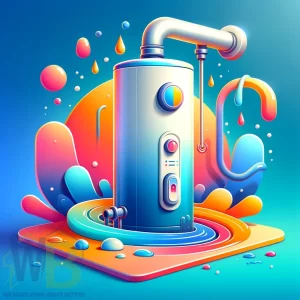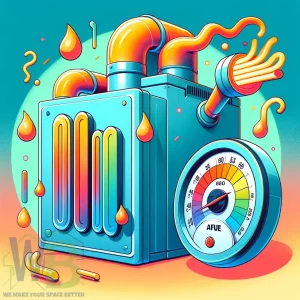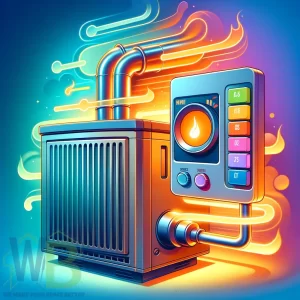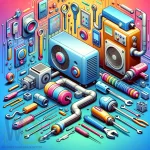What is a Sequencer in HVAC? A sequencer is a control device that manages the order in which electric heating elements or stages in a heat pump turn on.
Its purpose is to activate the heating components in the right sequence. This optimizes efficiency and prevents electrical circuits from being overloaded or damaged.
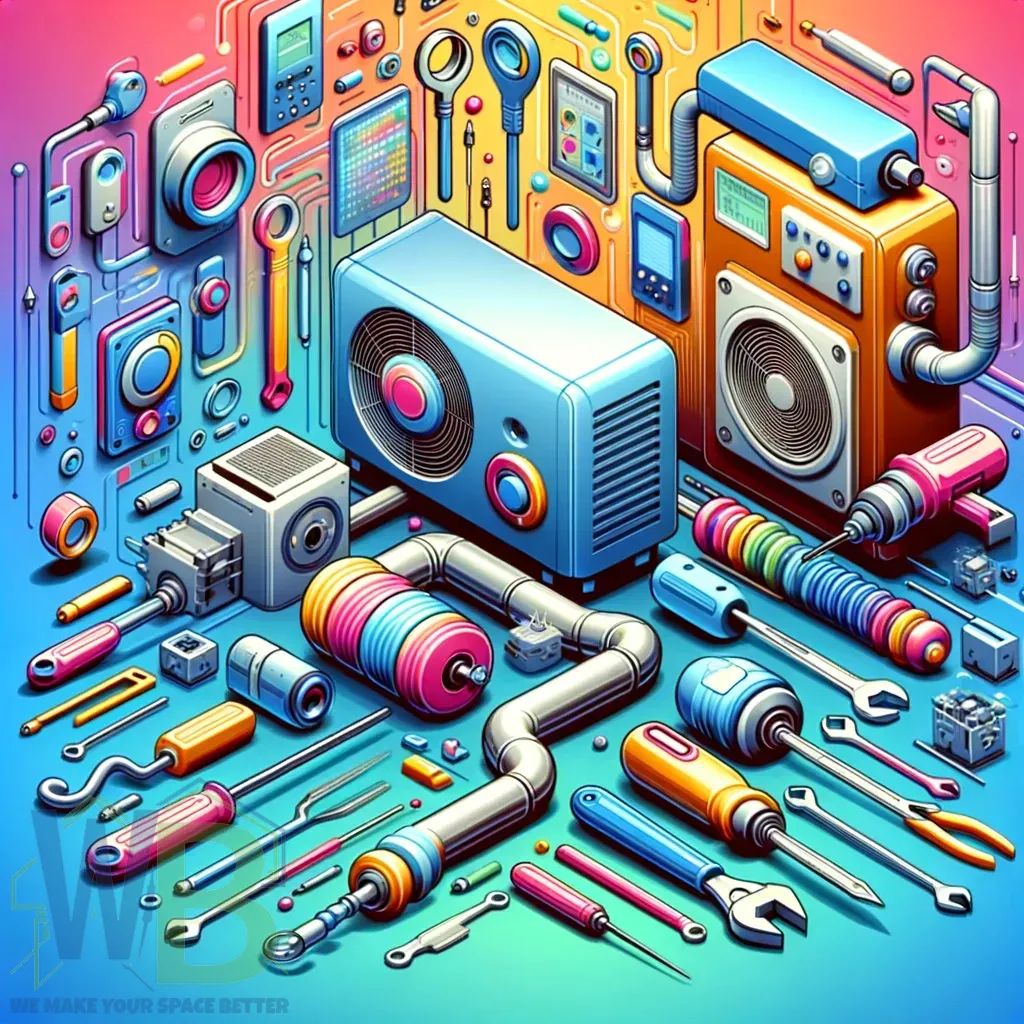
Quick Summary
| Topic | Key Points |
|---|---|
| What is an HVAC Sequencer? | A component in HVAC systems that controls the operation of heating elements and blowers. |
| Functions | Manages the order and timing of heating elements and blowers for efficiency and safety. Prevents electrical overload and ensures even heat distribution. |
| Sequencer Benefits | Enhances energy efficiency, comfort, safety, and system reliability. |
| Common Issues | Look for signs like inconsistent heating, frequent cycling, or lack of heat. DIY fixes include thermostat checks and visual inspections. |
| Maintenance Tips | Regular inspections, keeping the area clean, changing filters, and professional evaluations are crucial. |
| Conclusion | Understanding the sequencer’s role is essential for a well-functioning, efficient, and safe HVAC system. Regular maintenance is key to longevity. |
Functions of an HVAC Sequencer
What Does a Sequencer Do? A sequencer’s main job is to control the operation of the heating elements and fans in electric furnaces or heat pumps. Here’s how it works:
- Staging Heating Elements: An HVAC system can have multiple heating elements. The sequencer turns these elements on in stages, not all at once. This prevents a sudden, large draw of electrical power.
- Managing Blower Fans: It also controls when the blower fans activate. This ensures the air isn’t blown through the system until the elements are warm enough, avoiding cold air blasts.
- Efficiency and Safety: The sequencer controls how the system works. This makes it run safely and well. It stops too much electricity use and spreads the heat evenly.
How Do Sequencers Work?
- Thermal Discs: Sequencers use thermal discs that respond to electrical current. When the thermostat signals for heat, the first disc heats up, turning on the first heating element.
- Timed Delays: After a set delay, the next disc heats up, activating the next element. This staggered approach continues for all elements.
- Temperature Control: The sequencer also turns off the elements as the desired temperature is reached, ensuring a consistent and comfortable environment.
Knowing how an HVAC sequencer works helps you understand why your heating system gives steady, cozy heat in your home.
Sequencer Benefits
Adding a sequencer to your HVAC system brings many benefits. It improves how well and efficiently your heating system works. Let’s look at these benefits:
Improved Energy Efficiency
- Staggered Element Activation: The sequencer avoids a large, simultaneous power draw by turning on stage heating elements. This reduces energy spikes and can lead to lower electricity bills.
- Efficient Operation: Efficient use of the heating elements means less energy waste, contributing to a more eco-friendly home.
Enhanced Comfort
- Consistent Heat Distribution: Sequencers spread the heat evenly in your home. This avoids areas that are too hot or too cold.
- Prevents Cold Air Blasts: Delaying the blower until the heating elements are warm avoids blowing cold air into your living spaces.
Safety and Longevity
- Prevents Overloading: Sequencers manage electricity use to stop too much load on the system. This helps prevent risky overloads.
- Reduces Wear and Tear: Heating slowly puts less stress on the parts that get hot. This can make your HVAC system last longer.
System Reliability
- Stable Performance: Sequencers contribute to your HVAC system’s stable and reliable operation, ensuring it performs well even during peak usage.
Understanding these benefits helps homeowners appreciate sequencers’ critical role in their HVAC systems. Not only do they make your system more efficient and comfortable, but they also contribute to its safety and longevity.
Common Issues with HVAC Sequencers
It’s important to spot and fix problems with your HVAC sequencer. This helps keep your heating system working well for a long time.
Identifying a Faulty Sequencer
- Inconsistent Heating: If your house has uneven heating or often gets cold air, the sequencer might have a problem.
- Frequent Cycling: The heating system turns on and off more often than usual.
- No Heat: The sequencer might not activate the heating elements if the blower runs without heat.
DIY Fixes
- Check the Thermostat: Sometimes, the issue might be with the settings or connections, not the sequencer.
- Inspect for Visible Damage: Look for any visible signs of damage or wear on the sequencer.
- Reset or Replace Fuses: If the sequencer has blown a fuse, replacing or resetting it might resolve the issue.
When to Call a Professional
- Complex Diagnostics: If the issue isn’t clear or involves electrical testing, it’s safer to call a professional.
- Replacement: Replacing a sequencer can require specific tools and knowledge.
Safety First
- Always turn off the power to your HVAC system before attempting any DIY fixes.
- If you’re unsure or uncomfortable with the process, consulting a professional is always best.
Identifying and addressing common sequencer issues can save you time and money, but safety should always be your top priority.
Maintenance Tips for HVAC Sequencers
Regular maintenance of your HVAC sequencer is key to ensuring the longevity and efficiency of your heating system. Here are some tips to help you keep your sequencer in top condition:
Regular Inspections
- Visual Checks: Periodically inspect the sequencer for any signs of wear or damage. Look for burnt contacts or any signs of overheating.
- Professional Evaluation: Get a pro to check your HVAC system yearly, including the sequencer. This makes sure everything works right.
Clean and Dust-Free
- Keep It Clean: Dust and debris can interfere with the proper functioning of a sequencer. Regularly clean your HVAC system to prevent buildup.
- Air Filter Maintenance: Change or clean your HVAC air filters regularly. This improves air quality and reduces strain on the system, including the sequencer.
Avoid DIY Repairs If Unsure
- Know Your Limits: You can do some maintenance at home. But you might need a professional’s help for hard tasks like fixing the sequencer.
- Safety First: Always prioritize safety and turn off the power before attempting any maintenance.
Regular System Checks
- Thermostat Calibration: Make sure your thermostat is set right. Wrong settings can make the sequencer work too hard.
- Check Electrical Connections: Loose or faulty electrical connections can impact the sequencer. Have these checked and tightened by a professional if necessary.
Following these maintenance tips can make your HVAC sequencer last longer. This helps stop future problems. Your heating system will work well and be dependable.
HVAC Sequencer Conclusion
The HVAC sequencer is a key part of your heating system. It controls heating elements and fans. This helps your system work well and safely.
You can do some easy checks and fixes yourself. But for hard problems, it’s best to ask a pro. Keeping your sequencer in good shape means your HVAC system will work better and last longer.

